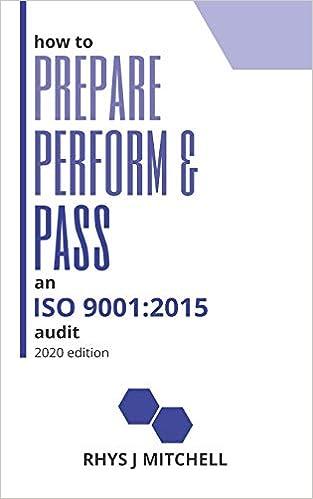
 Please answer in Message formate I will attach an example
Please answer in Message formate I will attach an example

ETHICS CHALLENGE QA10 A BTN 13-1 As Beacon Company controller, you are responsible for informing the board of directors about its financial activities. At the board meeting, you present the following information. 2019 2018 2017 100.0% 135.0% 14.0% 3.6 to 1 2.7 to 1 Sales trend percent Selling expenses to sales Sales to plant assets ratio Current ratio Acid-test ratio Inventory turnover Accounts receivable turnover Total asset turnover Return on total assets Return on stockholders' equity Profit margin ratio 1.4 to 1 147.0% 10.1% 3.8 to 1 2.9 to 1 1.1 to 1 7.8 times 7.0 times 2.9 times 10.4% 10.7% 15.6% 3-3 to 1 2.4 to 1 1.5 to 1 10.2 times 8.5 times 9.0 times 7.7 times 2.9 times 11.0% 3-3 times 13.2% 14.1% 4.0% 11.5% 3.6% 3.8% After the meeting, the company's CEO holds a press conference with analysts in which she mentions the following ratios. 2019 2018 2017 Sales trend percent 147.0% 135.0% 100.0% Selling expenses to sales 10.1% 14.0% 15.6% Sales to plant assets ratio 3.8 to 1 3.6 toi 3-3 to 1 Current ratio 2.9 to 1 2.7 to 1 2.4 to 1 Required 1. Why do you think the CEO decided to report 4 ratios instead of the 11 prepared? 2. Comment on the possible consequences of the CEO's reporting of the ratios selected. Read the text describing the situation and pick one that appeals to you. Then, write a one page essay based on one of these BTN activities (regardless of what the BTN requires, write a one page essay!). A one page essay includes an opening paragraph, a few paragraphs of content and analysis, and a concluding paragraph. Spelling, punctuation and grammar are all important for your essay! Yes, accountants need to be able to communicate!! Beyond the Numbers 16-2 Job Costing vs. Process Costing I work for a Company that produces homogeneous products that go through various production processes. I have received an email from the new assistant production manager Peyton Manning, whose prior experience is with a company that produced goods to order. In his email message, Mr. Manning is questioning some of the cost classifications we use. The purpose of this essay is to address the concerns expressed by Mr. Manning. Our Company produces bags of corn nuggets. Although we offer a few different flavor combinations, all of our products go through the same processes. In order to track the various production costs, we use a process costing system to determine the cost of each batch of product to determine the gross profit. All three product costs, direct materials, direct labor and factory overhead are included in the process costing system. We receive the raw corn from our farmer vendor and soak the corn to add moisture in the soaking' department. During the soaking process, salt and certain flavorings are added to the process. When the corn is finished soaking, it is transferred to the 'cooking' department where it is submerged in hot oil. When the corn is cooked, it is transferred to the 'drying' department where it sits in racks in a dry heat to remove the oil and any residual moisture. When the corn has been properly dried, it is transferred to the 'packaging' department where it is funneled into different sized bags (small, medium and jumbo) and then stacked in boxes. The boxes are sealed and put in the finished goods warehouse awaiting delivery to grocery stores and specialty shops. When the product is shipped to customers, we charge Cost of Goods Sold for the production costs assigned in the cost accounting process. It is understandable that Mr. Manning question the cost classification as his background is with custom products which would require the use of a job costing system. However, since our products are all essentially the same, the process costing system is used. Accordingly, a process costing system tracks the product costs through departments before assigning the costs to individual products. I would be happy to meet with Mr. Manning to discuss how our system works and answer any further questions he might have

 Please answer in Message formate I will attach an example
Please answer in Message formate I will attach an example 






